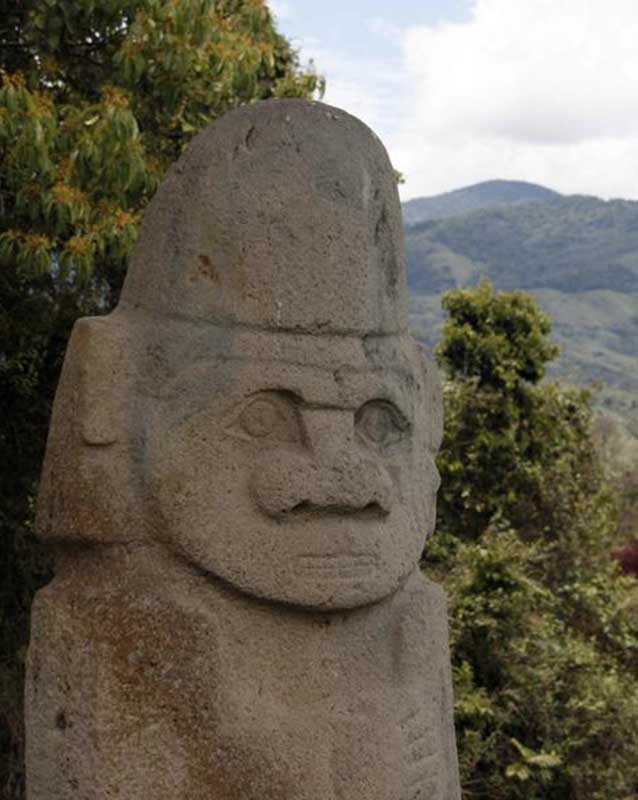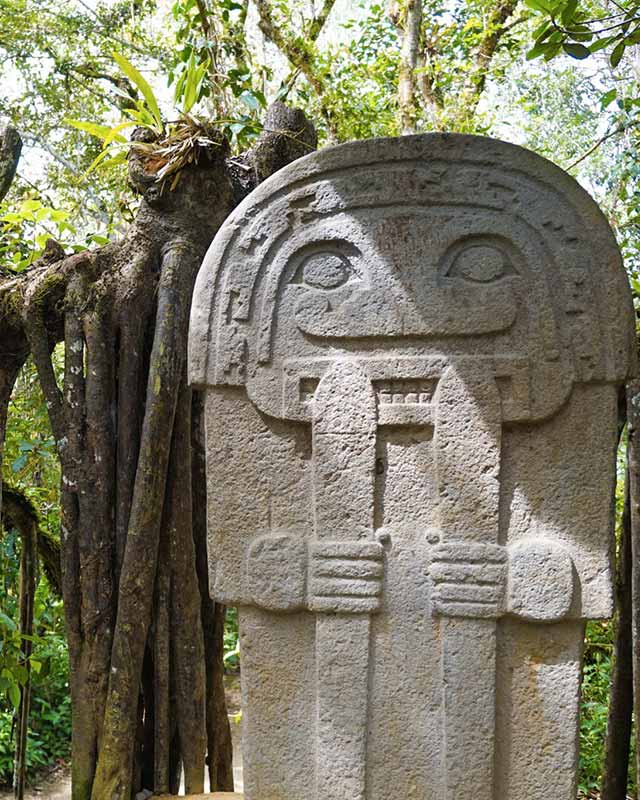4 REGIONS OF COLOMBIA
Bogota, Villa de Leyva & The Central Andes region – Coffee region – Cartagena & Caribbean Sea – The South Andes region
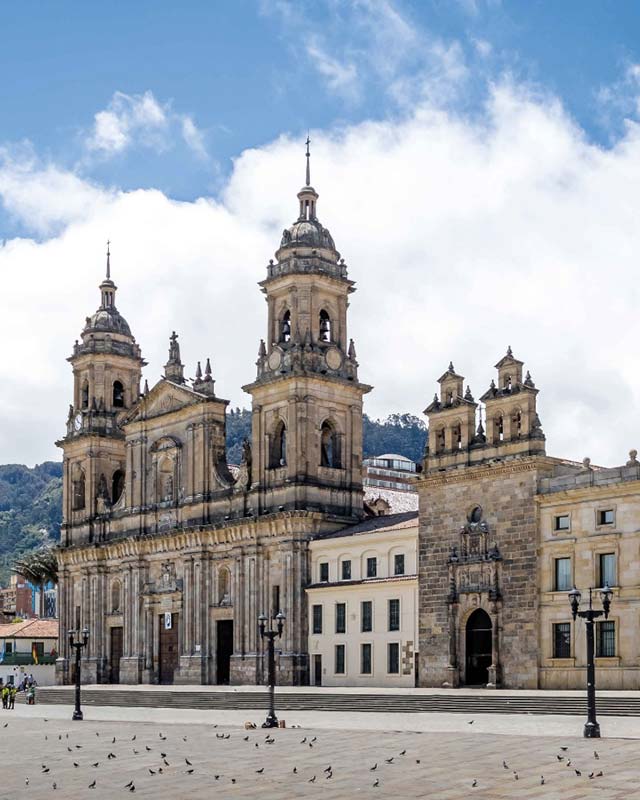
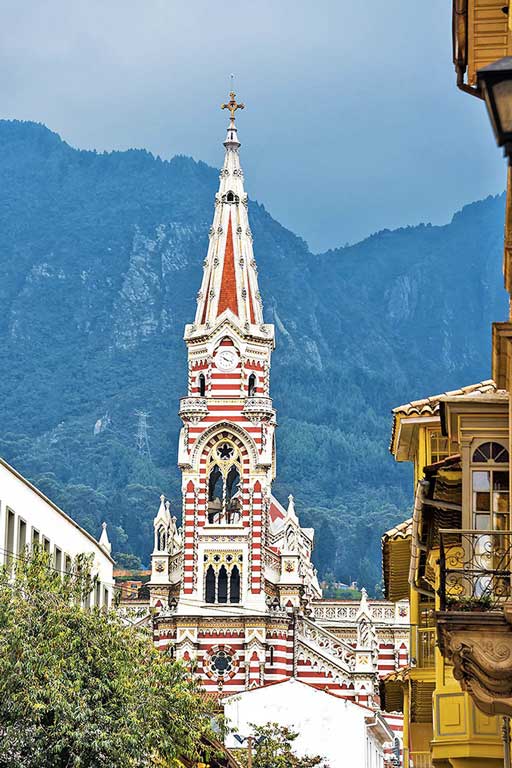
Bogota
Bogota, the capital, is easy to access by many daily flight departures from Europe. Air France offers direct flights from Paris. Iberia, Air Europa via Madrid. Tap Portugal via Lisbon.
Take note that it is easy to plan nice combined trips Colombia/Panama, countries historically linked. Panama City has daily flights from Bogota and Cartagena.
Surrounded by the Andes, Bogotacurrently experiences the economic boom of Colombia. It is a city where the old town is worth seeing, around Candelaria neighborhood and the Centro. Take a walk in Zona Norte where restaurants, trendy bars and vast malls hold the contemporary soul of the capital.
NOt TO BE mISSED :
- Candelaria historical neighborhood – to sightseeing very well restored colonial and republican residences. Virgen del Carmen and San Antonio churches are worth visiting.
- Bolivar Square – historical and emblematic heart of the city where stands the Cathedral as well and the Sagrario Chapel, baroque jewel lavishly decorated. In the lively and wide walkway, Bogota locals meet there for lunch…….
- The Sacred Art Museum ideally settled in the ancient Santa Clara Monastery.
- The Botero Museum settled in a republican residence, holds a wide masterpieces collection of the famous Colombian painter.
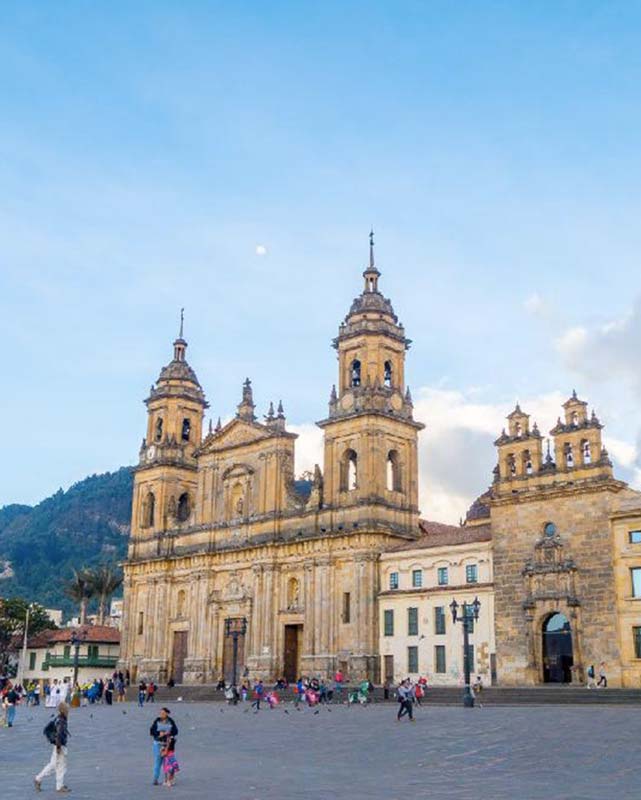
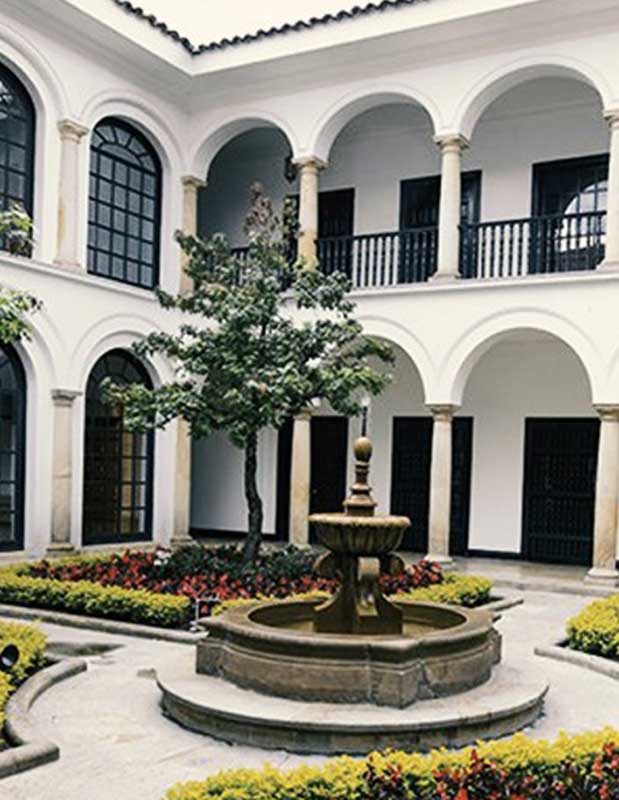
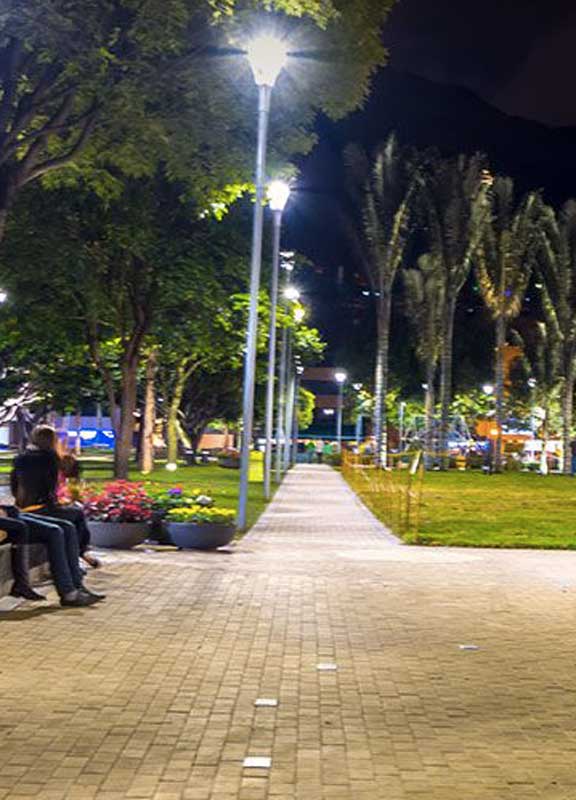
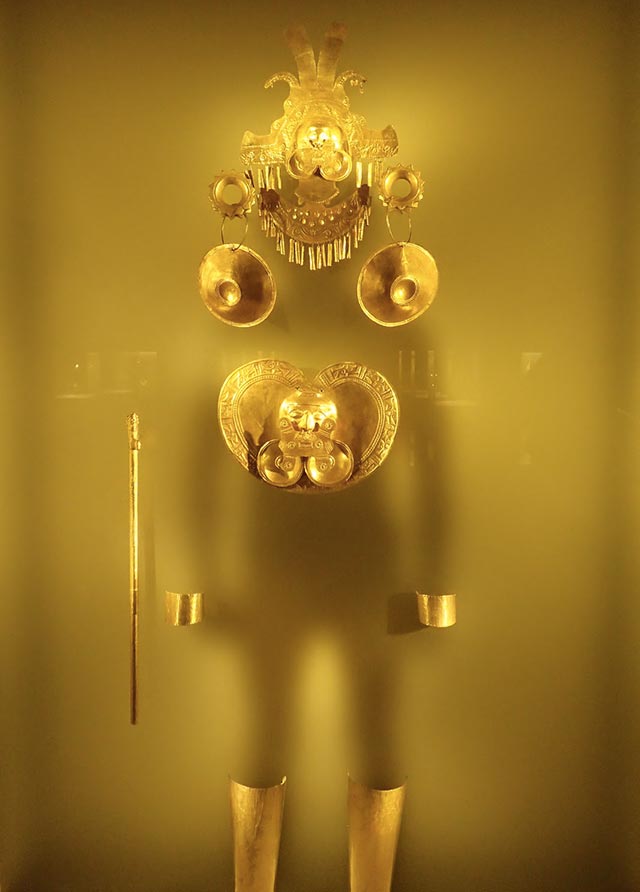
- The Gold Museum – the must-see visit of Bogota. It is the most precious museum dedicated to jewels and pre-Columbian traditional pieces in gold of Latin America. Since the museum restoration, more than 30000 pieces are exhibited in accordance with standard practice. Better to avoid visits on Sundays as it is the busiest time.
- The Monserrate Virgin – located in one of the Andes Mountain (3000 meters altitude), the church devoted to the Virgin is a high place of pilgrimage. The sanctuary is easy to reach by funicular and displays a stunning view of the city.
- The Zona Rosa (Zona Norte) – a walk in Zona T entirely pedestrian to meet Colombians in bars and restaurants or doing shopping…..
A bike ride is always possible mainly on Sundays when the main central streets become the bikers’ paradise. The bike, to remind you, is a national passion in Colombia.
TOWARDS THE Andes
The Andean region nearby Bogota is very green and interspersed with lakes. Roads are very good and reliable plus three places are not-to-be-missed:
Zipaquira – small province town one hour away from Bogota, well-known today for the “Cathedral of salt” monument, ex-voto built in the 50s by miners to thank a miracle of the Virgin. It is an inactive salt mine which drifts have been transformed into chapels, each chapel tells a moment of the Christ passion. The Cathedral has been splendidly illuminated by the Phillips Company.
Tunja – capital of the Boyaca province, can be visited from Bolivar Square.
Santiago de Tunja Cathedral – built in the 16th century in a blended style of Renaissance and Mudéjar (Moors and Al-Andalus).
Santo Domingo Church and Our Lady of the Rosary Chapel – two major examples of the baroque sacred art of Colombia. The altarpieces are outstanding.
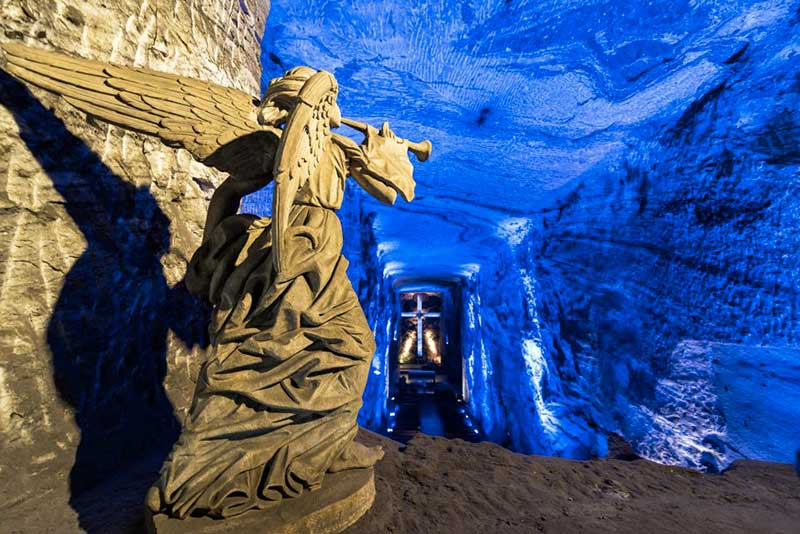
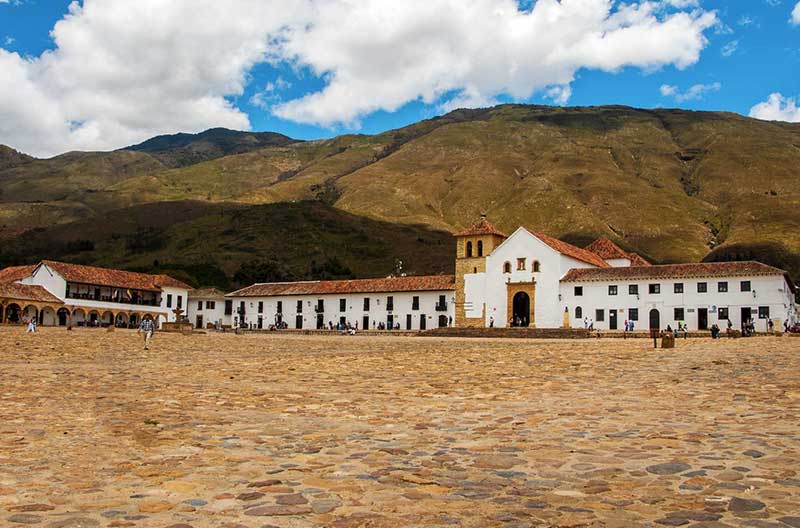
Don Juan de Vargas Residence – 17th century – Glance at the colonial home lounges where a painted ceiling with an amazing composition mixing African animals, mythical figures and Christian symbols.
Villa de Leyva – the most beautiful colonial city in Colombia, ravishes with its white homes, cobblestone streets and religious monuments. City of history, city of destination, the colonial city preserves its architectural heritage almost undamaged since the 18th century.
It is the old holiday resort for aristocrats and rich families of Bogota, attracted by the beauty of the Andes landscapes and the climate. Villa de Leyva can be visited on foot and the best point of departure is Plaza Mayor, vast square (14000 square meters) where the Paroquial church stands. Every Saturday a small market is open in the city.
Around Villa de Leyva
- El Infernito, Monguira archaeological park – sacred site of the Muiscas, Lords of this region.
- Ecce Homo Monastery – created in 1620, the monument is isolated in the desert.
- The convent of Candelaria desert – built in the 17th century, it holds a significant collection of historical masterpieces. Gardens and courtyards remarkably decorated.
La Zona
Cafetera
Zona Cafetera, located in West Colombia and one hour flight from Bogota is the region of coffee plantations, sprinkled by charming villages and surrounded by a splendid wild and preserved Nature. This region is a protected UNESCO World Heritage Site and remains an exceptional spot in Latin America, where coffee plantations can be visited. The accessible cities to the Zona Cafetera are
Manizales, to visit:
- The Qimbaya Gold Museumdisplays a beautiful collection of potteries and gold pieces from the Qimbaya culture.
- Aguadas and Chinchina – visit coffee plantations and sample coffee in a spectacular natural environment of the Andes.
Pereira
It is the capital of the Coffee Triangle, surrounded by parks where hiking in the heart of the Nature is possible as well as observe wildlife and flora. The most important site is, without a doubt, Otun Quimbaya Sanctuary where the Andean astonishing forest spreads out over the mountains. Observation spot for birds, small mammals and for the symbolic Colombian wax palm tree.
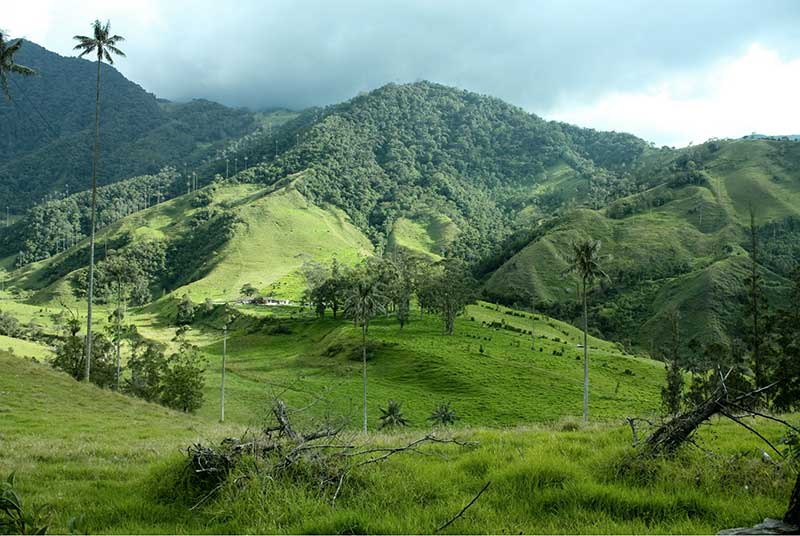
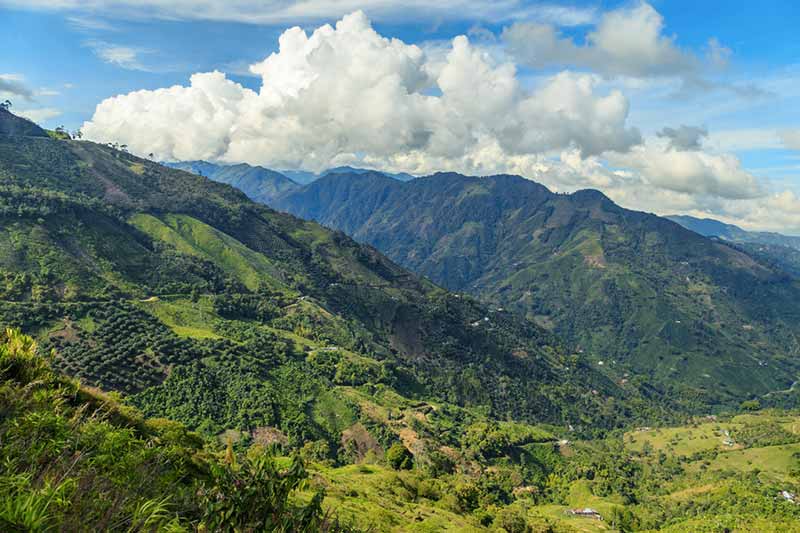
Armenia
The city has also a museum dedicated to the Quimbaya culture. Ideal departure point to undertake ecotourism travel with easy access to beautiful parks. Since 1850 this region called Antioquia has been dedicated to Colombian coffee plantation.
Small villages have been built in the region to accommodate close coffee farmers as for example the charming Salento, 30 minutes away from Armenia. Typical and colorful houses where very good coffee of the region can be tasted. Many plantations open their doors to experience a technical visit.
Nevertheless, the Federation of Colombian Coffee Producers has created the Coffee National Park where the visitor can discover the whole process of production, from the coffee beans picking to the coffee roasting.
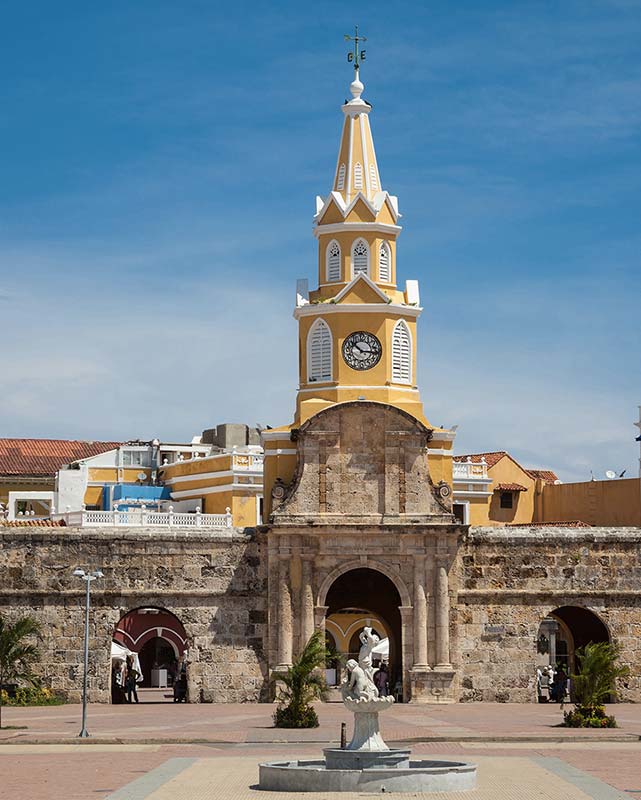
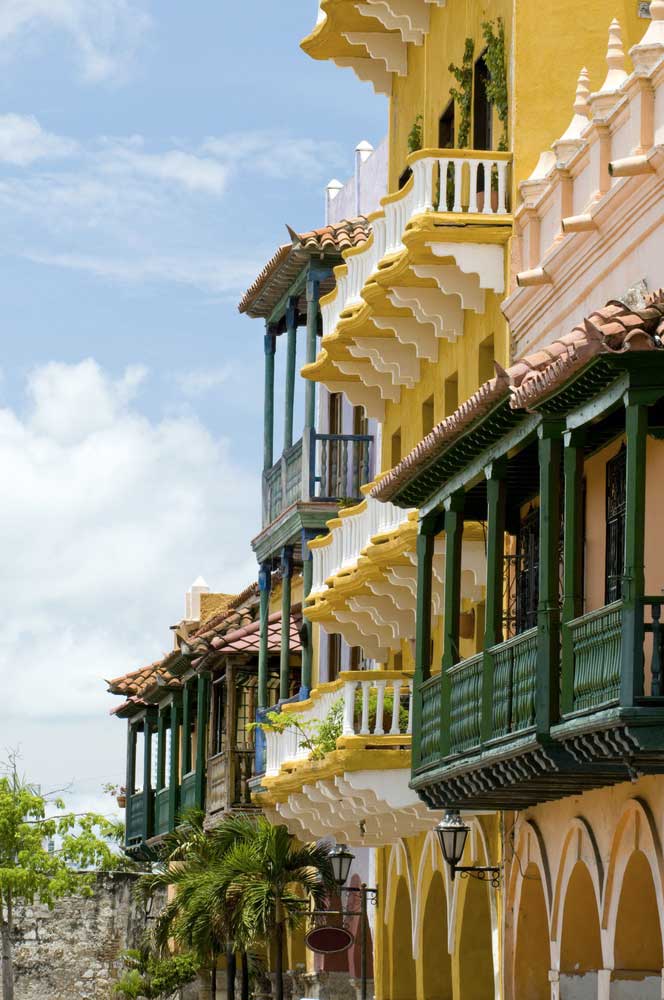
CartagENA de INDIAS
Cartagena de Indias, designated UNESCO World Heritage Site, is the “embodied charm!” At least three days are needed to visit the beauties of the citadel, to experience the streets and squares festive atmosphere as well as immerse in its rich historical past.
Cartagena has been built in a fabulous location: the Caribbean Sea, sprinkled by small idyllic islands, the sea is omnipresent and encloses some strips of land as the city extends. Created in the 16th century and enriched by the African Slave Trade, the city has undergone an unprecedented phase of economic and cultural development until the 18th century. Attacked several times by pirates and corsairs, Cartagena has been fortified and is surrounded by ramparts which have helped to preserve its admirable heritage.
NOT TO BE mISSED :
The inner fortified city:
A Carriage ride through the streets and squares to glimpse at the traditional houses with flowered balconies.
San Pedro Claver church and monastery visit, this Jesuit missionary lived in Cartagena and relentlessly worked to abolish slavery.
The Inquisition museum exhibits how particularly agonizing this period has been in the city.
Santo Domingo Church, baroque jewel, located facing the square with the same name, where day and night people get together for drinks and to listen to some music, the famous “Colombian salsa”.
The Heredia Theatre built early 20th century in a republican style is where the music festival takes place in Cartagena at the beginning of the year,.
Bolivar and Custom squares without missing the beautiful Clock doorway.
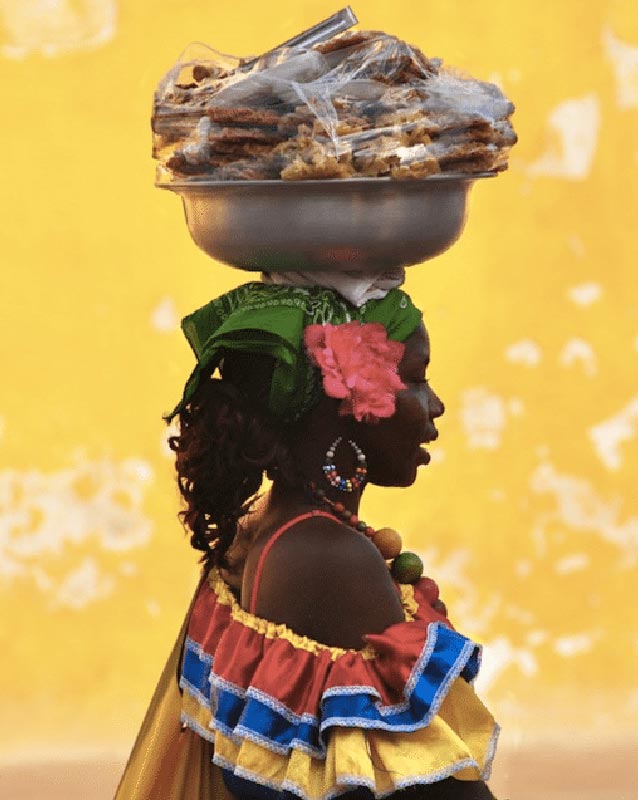
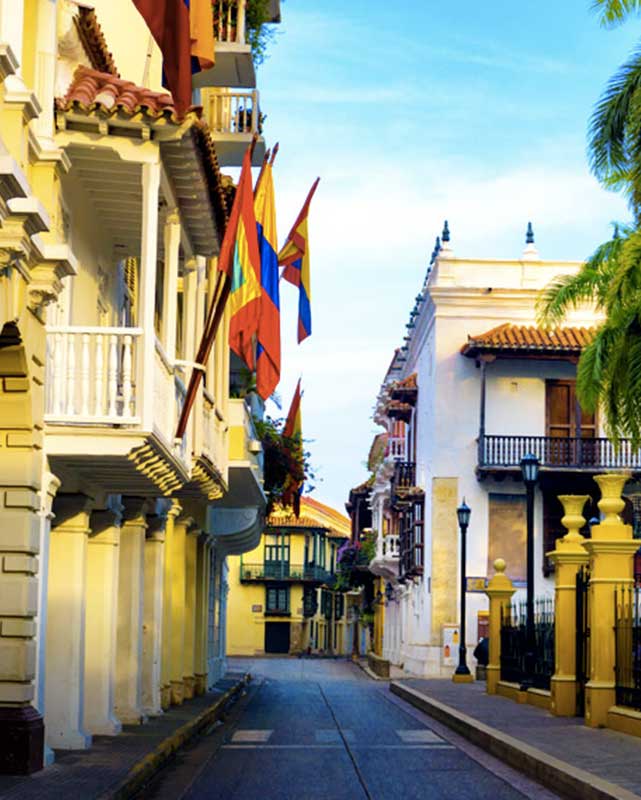
OUTSIDE THE FORTIFIED
CITY
San Felipe Barajas fortress, 17th century Spanish military architecture achievement.
La Popa monastery built on a hill that overlooks the city as well as the maritime access of Cartagena. In the chapel, the miraculous image of the Candelaria Virgin, stands as the patron saint of the city.
- Boat trip cruising to the Rosario archipelago. It is possible to stay overnight.
- Bochachica fortress visitentering the Cartagena bay.
- Baru Island stay
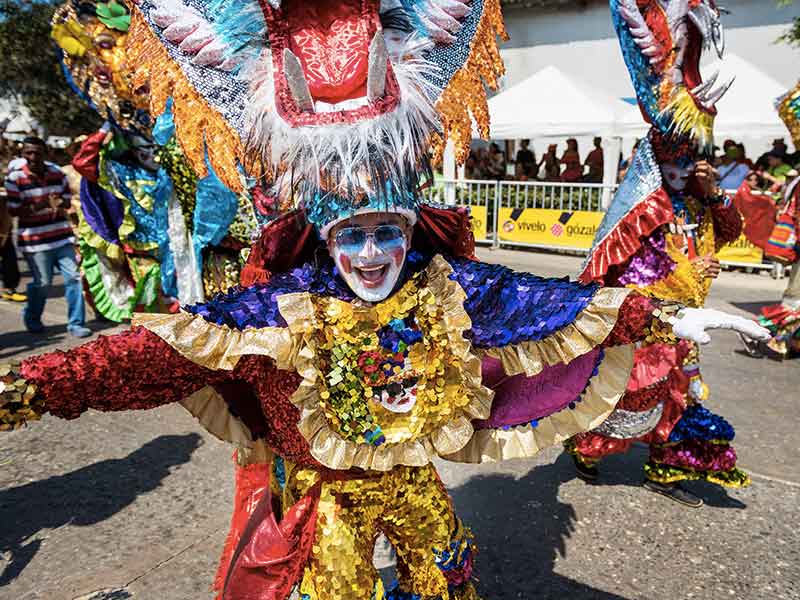
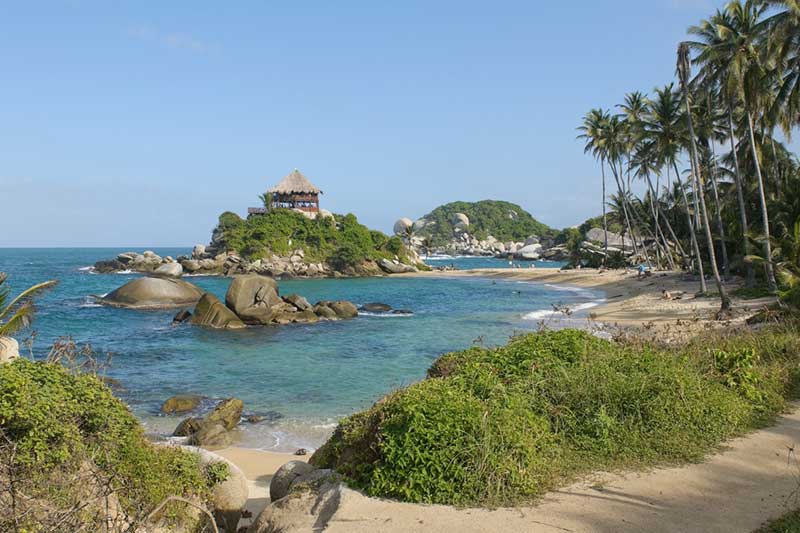
LEAVING
CartAGENA
Barranquilla
Two hours away from Cartagena, this city is worth visiting especially during the Carnival period (February or March depending the year).
There is a museum – Casa de Carnaval – attached to this celebration designated by UNESCO Intangible Heritage due to its historical significance.
Costumes, masks and music are produced by African, Aboriginal and Spanish cultural influences.
Santa Marta
Four hours away from Cartagena driving on a very beautiful road, the city of Santa Marta is the favorite beach resort for Colombians.
Hotels, restaurants, bars are many and always with a very festive and lively atmosphere.
The greatest Santa Marta tourist attraction is undoubtedly the Tayrona National Park, one hour and half away from the city center; it is a unique ecological paradise in Latin America.
At the foot of the Santa Marta Sierra more than 2000 meters altitude which grips the Caribbean coastline, the park is a natural niche like no other.
The Andes and Caribbean wildlife and flora stand alongside and can be viewed through nice walks and hikes in the heart of the Nature that is still protected.
Take note that the Sierra was formerly the land of the Tayrona community whose descendants are still living there.
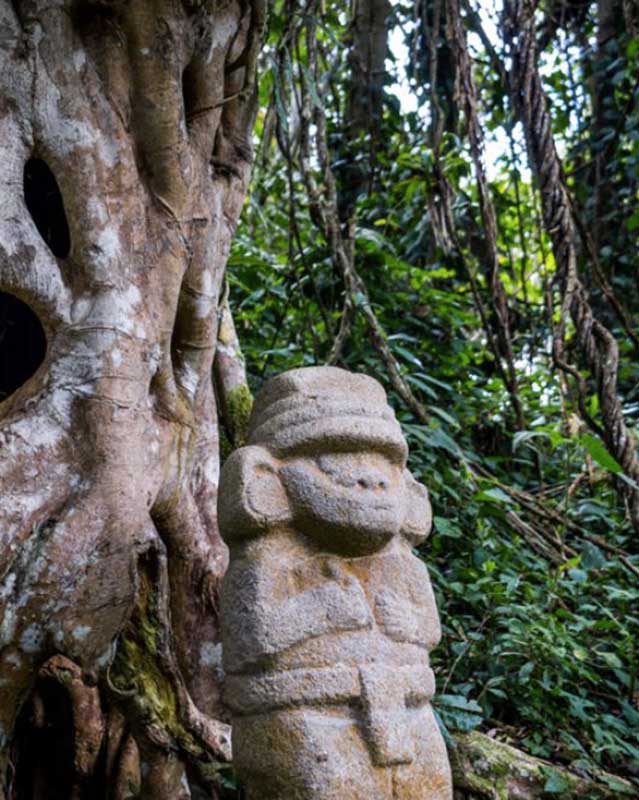
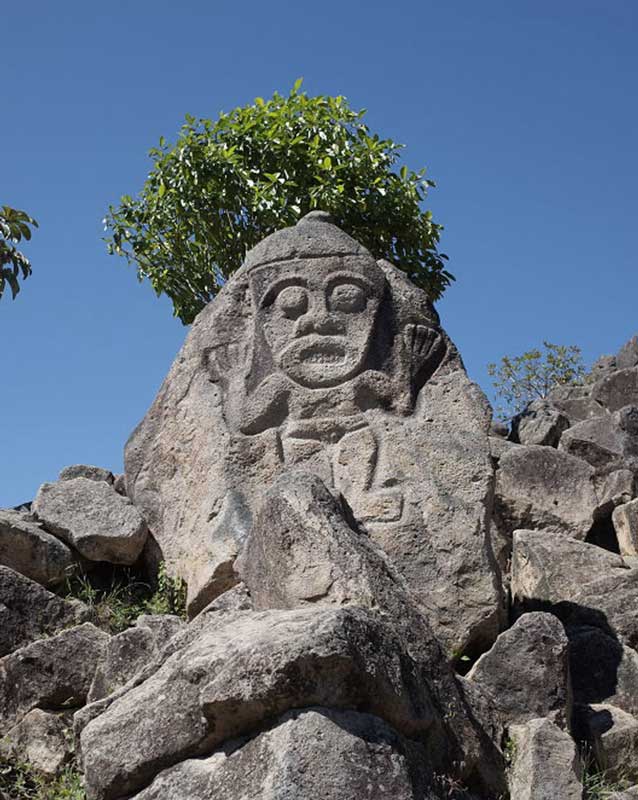
San Agustin
The archaeological site of San Agustin can be reached by bus (approximately 10 hour drive) or flying to Neiva or Popayan with a road trip (approximately 5 hour drive).
The pre-Columbian culture jewel in Latin America is worth the discovery despite the long transportation time. Designated UNESCO World Heritage Site since 1995, the site spreads out through the lower altitude Andes covered by thick greenery.
According to archaeological surveys, the site is formed by imposing funeral tumuli and the people who have built them remain unknown.
This is why is called San Agustin as it is very close to the village. On foot or on horseback, the visit requires a long walk for a stunning picture: granite statues that could reach more than 2 meters high are built on the top of huge platforms located in the mountain slopes.
Must-visit at the entry of the park, the archaeological museum to better understand the civilization that lived in this region.
The site has several sacred places: the mesitas, the statues’ wood, the Lavapatas hill and the Lavatapas fountain, the water stream is devoted to ritual baths.
